Fashion’s newest trend is a tech trick that is almost impossible to spot
AI-generated models debut at H&M, raising concerns over what comes next
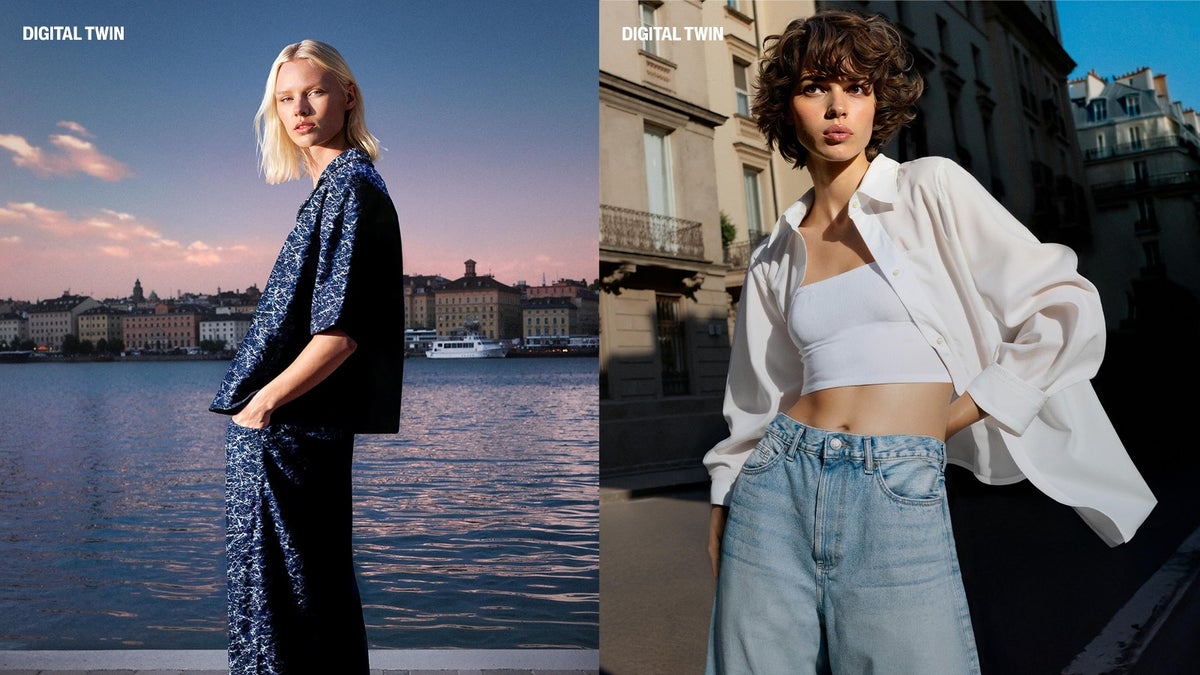
H&M has officially introduced a series of AI-generated “digital twins” modeled after real people — a move that’s prompting questions about the future of photography and the broader creative industry.
As first reported by PetaPixel, the Swedish clothing retailer has now begun using these AI-generated likenesses across some of its marketing images. The rollout follows earlier reports from April that H&M had been working on digital clones for 30 of its models. Instead of being captured by a photographer, the images were generated using machine learning systems trained on extensive real-world photos of the models.
While the results may appear indistinguishable from traditional fashion photography, the technology behind them is drawing both praise and skepticism. Critics argue that relying on AI imagery could ultimately replace the jobs of photographers, makeup artists, stylists, and other professionals who typically collaborate on shoots.
In a recent Instagram post, H&M attempted to clarify its intentions, rejecting the idea of AI replacing people:
Photographer Johnny Kangasniemi, who has worked with H&M, echoed that perspective and defended the company's experimentation with AI.
Still, not everyone is convinced. One Instagram user pushed back, asking Kangasniemi to explain how photographers are not being replaced if the brand no longer commissions actual photoshoots for its lookbooks and e-commerce imagery.
Part of the concern lies in how convincing the AI results are. Many viewers scrolling through H&M’s site or social feeds may not realize the images were synthetically created. The photorealism is made possible by training AI models on large datasets consisting of many photographs taken from different angles and lighting conditions. This allows the algorithm to produce lifelike outputs that mimic the model’s features with remarkable accuracy.
H&M is not alone in this shift. Spanish retailer Mango has also launched marketing campaigns featuring AI-generated models. Last year, Levi’s announced plans to use AI-created figures as part of an effort to diversify its model representation.
Whether this trend continues to scale or sparks broader backlash, one thing is clear: the line between synthetic and real is becoming harder to distinguish — and that’s making many in the fashion and creative industries uneasy.
As first reported by PetaPixel, the Swedish clothing retailer has now begun using these AI-generated likenesses across some of its marketing images. The rollout follows earlier reports from April that H&M had been working on digital clones for 30 of its models. Instead of being captured by a photographer, the images were generated using machine learning systems trained on extensive real-world photos of the models.
It’s not a question of man versus machine, I think it’s man and machine. What the machine can do is basically amplify human creativity.
— Jörgen Andersson, H&M Chief Creative Officer
It’s not something that I see is going to replace photography in any sense. I think it’s going to be more of an extra tool.
— Johnny Kangasniemi, Photographer.
Whether this trend continues to scale or sparks broader backlash, one thing is clear: the line between synthetic and real is becoming harder to distinguish — and that’s making many in the fashion and creative industries uneasy.
Follow us on Google News



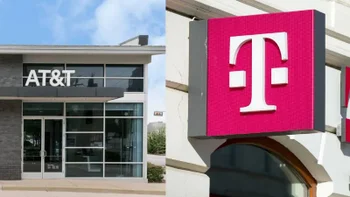
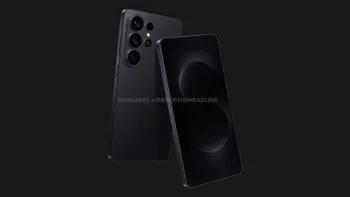
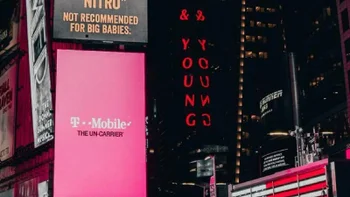


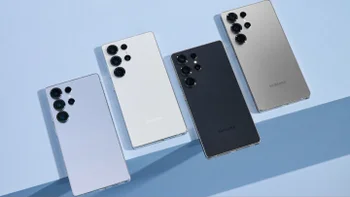
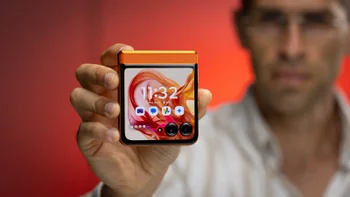
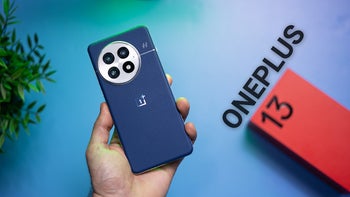
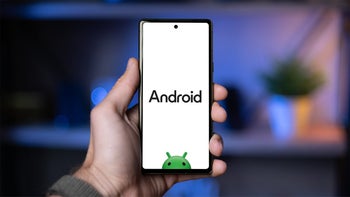
Things that are NOT allowed:
To help keep our community safe and free from spam, we apply temporary limits to newly created accounts: